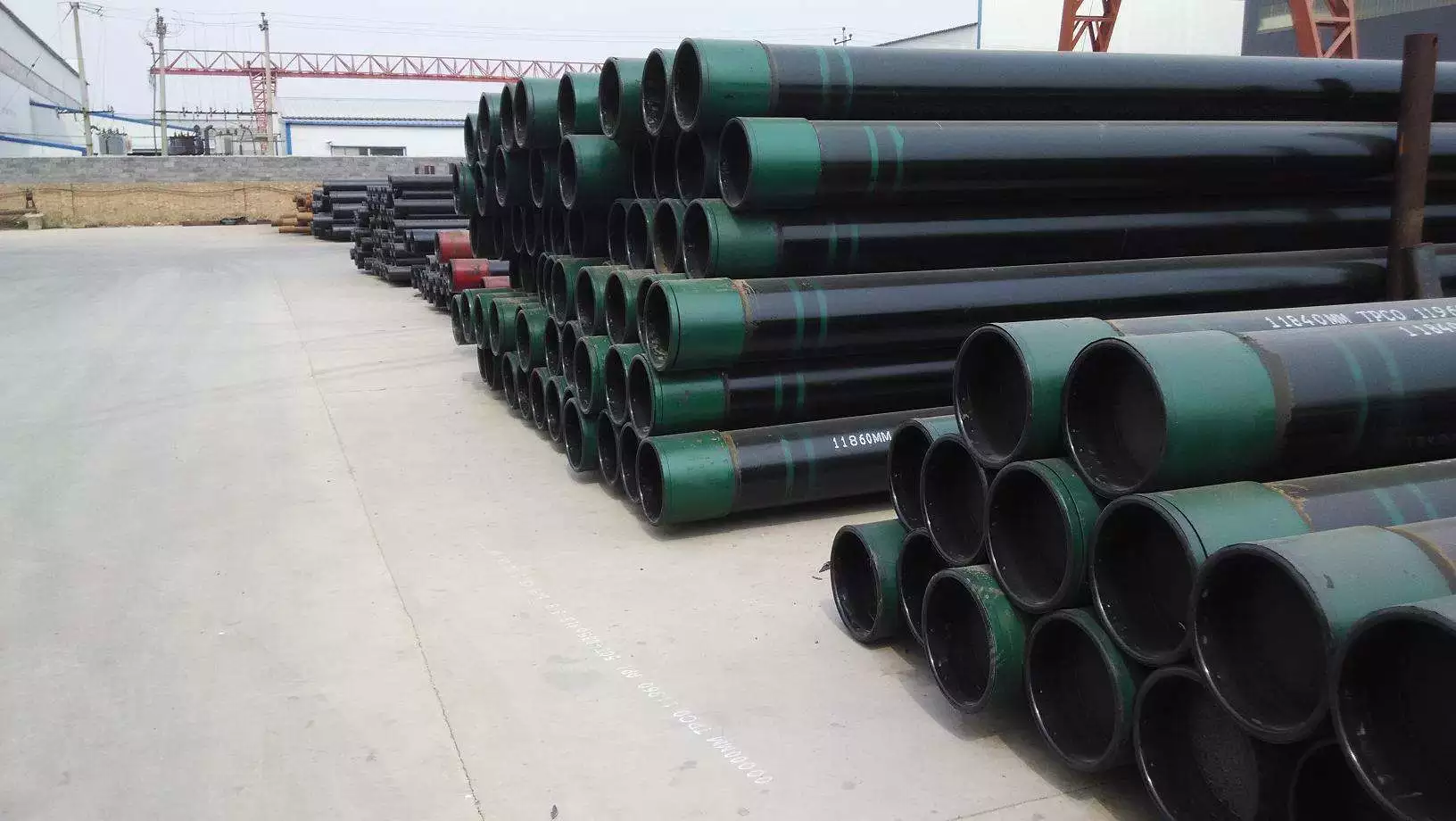OCTG is a kind of upscale product made of steel
pipes, and it has many kinds. There are 15 kinds of specifications for
OCTG diameters, and the outer diameter ranges from 114.3mm to 508mm. There are 11 kinds of steel grades, such as J55, K55, etc. There are many types and requirements of the pipe ends' threads, and the ones which can be manufactured are STC, LC, BC and VAM, etc. The manufacturing and installation process of
OCTG involve a lot of testings as follow:
1.
Ultrasonic Testing
When ultrasonic waves propagate in the tested material, acoustic characteristics of the material and changes of internal structures have a certain influence on the propagation of ultrasonic waves. We can know the changes of material's performance and structure by the influence degree and condition of the ultrasonic waves.
2.
Radiographic Testing
The radiation level of penetrating normal parts and defective parts of
OCTG is different, which will cause different blackness of the films.
3.
Penetrant Testing
Penetrant testing makes use of the fluid's capillary to make the penetrant permeate into the defective part of the solid material and then draws the penetrant to the surface by the developer to show the existence of the defect.
Penetrant testing is suitable for all kinds of metal and ceramic workpieces, and the time from the infiltration operation to the display of the defect is relatively short, which is generally about half an hour. Penetrant testing can detect surface fatigue, stress corrosion and welding cracks, and directly measure the sizes of the cracks.
4.
Magnetic Particle Testing
Magnetic particle testing uses the phenomenon that magnetic flux leakages of defects adsorb magnetic powder and form magnetic marks so that we can know the displays of the defects. Magnetic particle testing can detect surface and subsurface defects. It's easy to identify defect properties. Surfaces of paint and plating do not affect the detection sensitivities.
5.
Eddy Current Testing
Eddy current testing mainly uses the eddies in the workpiece produced by magnet coils to analyze the internal qualities of the workpieces, and to detect the surface and near surface defects of various kinds of conductive materials.
6.
Magnetic Flux Leakage Testing
Magnetic flux leakage testing is a method that detects the quality of active
OCTG by measuring the changes of permeability caused by defects in ferromagnetic materials based on the high permeability of ferromagnetic materials.
7.
Magnetic Memory Testing
Magnetic memory detection is derived from the physical essence of metal magnetic phenomena and relationships between the dislocation processes. It has advantages of high efficiency, low cost and no need of polishing, which has an important and wide application prospect.
All these detection methods above have their own testing standards and are relatively mature, except magnetic memory detection which doesn't have special standard, yet to be developed.


